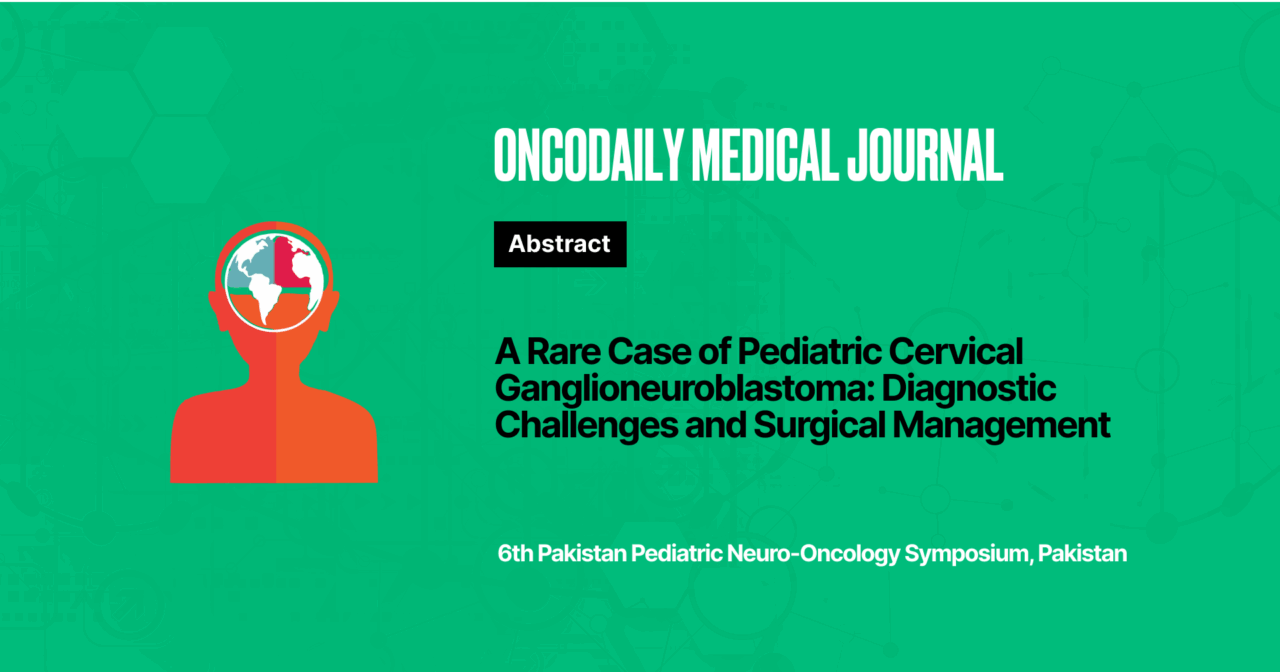A Rare Case of Pediatric Cervical Ganglioneuroblastoma: Diagnostic Challenges and Surgical Management
Abstract
Ganglioneuroblastomas are commonly found in the extracranial region but in the head and neck region it is very rare disease. For patient evaluation diagnostic modalities like CT scan with contrast, MRI and fine-needle aspiration biopsy (FNAB) can help but the accuracy for definitive diagnosis is very limited. In this report we present the case of a 4-year-old male who presented with a neck mass which was slow-growing, along with multiple enlarged cervical lymph nodes. His workup raised a suspicion for ganglioneuroblastoma, which was later confirmed histopathologically. The patient was treated surgically which included resection of neck mass and cervical lymphnode dissection. No recurrence was observed at 6 months and 1-year follow-up. This report aims to contribute to existing literature by discussing diagnostic challenges, imaging findings, and surgical management of this rare tumor, providing insights into optimal clinical approaches.
Informed Consent: The patient’s parents consented for publication of this case report.
Conflict of Interest: None
Funding: None
Disclosure Statement: None
License: This article is published under the terms of the Creative Commons Attribution 4.0 International License (CC BY 4.0).
© Ainulakbar Mughal, 2025. This license permits unrestricted use, distribution, and reproduction in any medium, provided the original author and source are credited.





